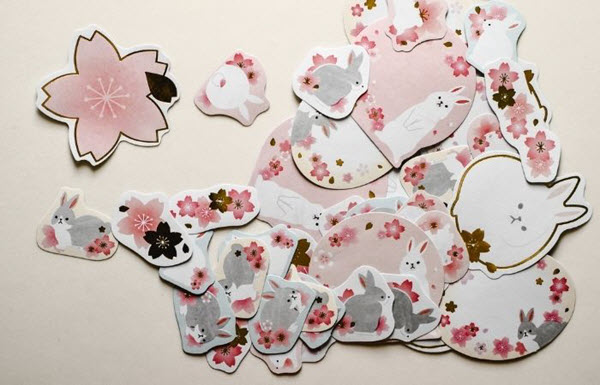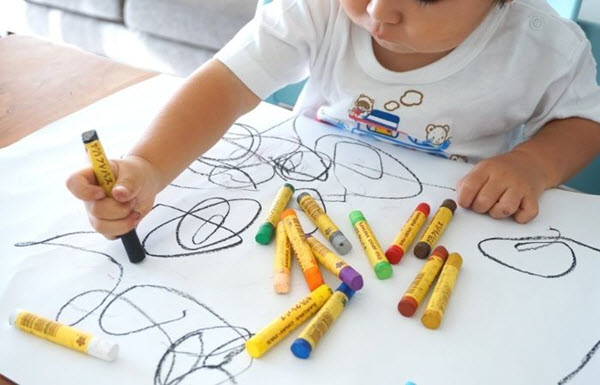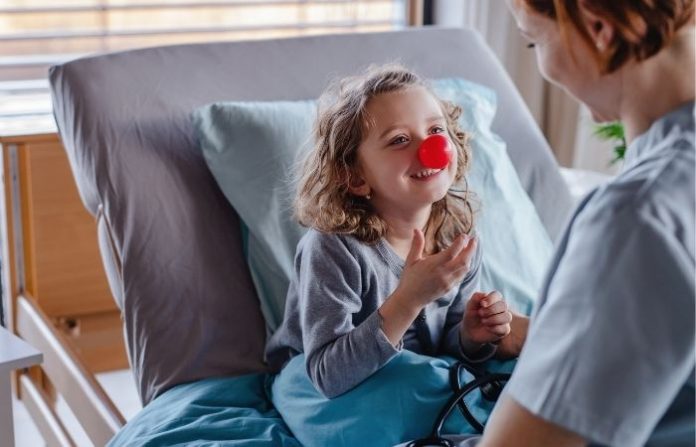Being a pediatric nurse isn’t easy. You need to be extra patient and compassionate if you want to be effective in your work. Kids need specialized attention and care as they have varied healthcare needs that depend on their age and condition.
It takes a lot of effort to provide nursing care to children. To help you get started, here are some nursing lifehacks that will be helpful in providing nursing care to pediatric patients.
1. Use Colorful Bandaids for Vaccine Shots

Pediatric patients routinely receive vaccines as they grow up. It’s hard to convince them to stay calm as you inject their due vaccine. Their thoughts usually linger on the pain of their previous shot.
However, you can still calm them down by conditioning them and diverting their attention. Just show a set of colorful bandaids and let them choose one. Ask them to hold their choice of bandaid while you give their vaccine shot.
Giving them something to look forward to will convince them to finish their shot. Their anticipation of getting the colored bandaid that they personally chose also helps in diverting their attention away from the pain of vaccine shots.
2. Establish Rapport Through Their Comfort Toys

When providing care to a pediatric patient for the first time, introduce yourself well and gain trust through the patient’s toys. Play with the patient and his toys for a little while and show that there is nothing to fear about you.
A child’s first impression about his nurse lasts long so it is important to establish a good rapport during your first meeting.
3. Cut Tourniquet in Half for IV Insertions
Tourniquets for IV insertions are available in different sizes. If you can’t find the right size of tourniquet for your patient, just improvise by cutting a rubber tourniquet in half lengthwise. It’ll give you a better grip on a small limb when finding a vein for IV insertion.
4. Wrap Pediatric Patients in a Blanket During Needlesticks

Toddlers for IV insertion or blood extraction usually scream at the top of their lungs and do their best to get out of the procedure. They can be immobilized safely by wrapping them in a blanket during needlesticks.
Ask for help in holding the other end of the blanket and exclude the part where you are going to do the procedure. The blanket is helpful in immobilizing the child’s upper and lower extremities without the risk of inducing muscular or skeletal injury.
5. Let Them Sip on a Cold and Sweet Drink Before Giving Unpleasant-Tasting Medicine

Although the taste of medication syrups and suspensions for pediatric patients has already improved over the years, it is still hard to give oral medicines to them. Make this task easier for your wee patients by letting them sip on a cold and sweet drink before giving their due oral medications.
Cold drinks help in numbing the child’s tastebuds while the drink’s sweetness helps in toning down the unpleasant taste of bitter medicines.
If not contraindicated, try giving popsicles as well. Right after taking the medicine, the child can wash down the unpleasant taste by sucking on a sweet popsicle.
6. Put Stickers in Their IV Dressing

When caring for pediatric patients who are anxious about their stay in the hospital, you can make their day brighter with the help of colorful stickers. This is helpful especially in keeping their IV access sites intact as they usually scratch and remove their IV dressings during hospitalization.
You can prevent this by putting stickers on their IV dressings and telling them to take good care of them. Just make sure that the sticker will not be a hindrance in the daily assessment of the IV site for signs of infection.
7. Observe Before Doing Any Type of Physical Assessment
When doing physical assessment especially if the child is still asleep, start first with a visual inspection. Observe the child physically and take note of any unusual finding to serve as your focus in doing the physical assessment.
Once you begin touching the patient, the child may start crying and this may lead to inaccurate assessments. This is one good reason to observe and do a visual inspection first.
8. Attach Two Urine Collector Bags for Pediatric Patients with Loose Stools
It’s hard to collect a clean-catch urine specimen from a child suffering from diarrhea. If your patient is not yet potty-trained, fix this problem by attaching two urine collector bags. The first urine collector bag should be attached around the urethral meatus of the patient while the second one should be attached around the anus of the patient.
Once you already collected a urine specimen in the urine collector bag and the patient just had episodes of diarrhea, the loose stools expelled will be confined to the second urine collector bag. This technique prevents cross-contamination of specimens.
9. Create a Comfortable Environment

Kids usually get scared when they’re in the hospital. Seeing sterile rooms with people wearing nursing uniforms is traumatic for them.
Make them feel comfortable by adding books and toys to your examination room. It’s also a good idea to place boxes of crayons and paper in the waiting room. Making these changes can help put them at ease.
10. Allow Them to Help

Kids like to help and you can take advantage of this by letting them help before you do any assessment.
For example, you can let them hold your stethoscope and penlight first as you get ready for the assessment. You can even let them listen to your heartbeat to reassure them that there’s nothing uncomfortable about it.
Final Thoughts
Shifting to pediatric care may be hard at first but as long as you are passionate about this field, you can definitely excel. Asking guidance from older colleagues in this field will also be helpful as you can get valuable nursing care tips that sometimes can’t be found in textbooks.



















